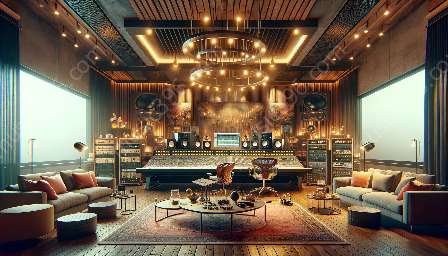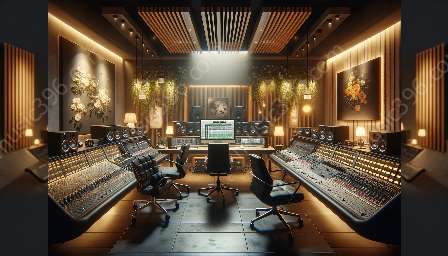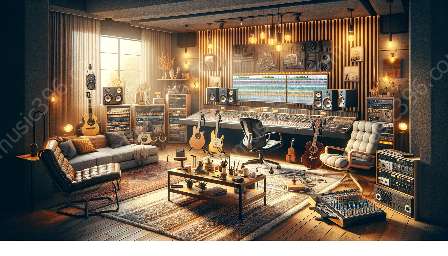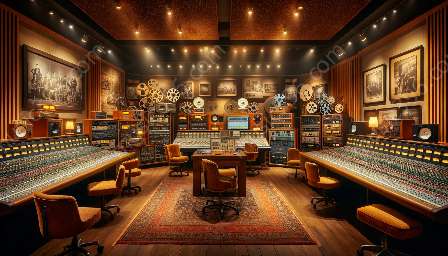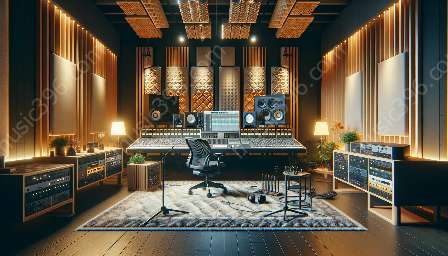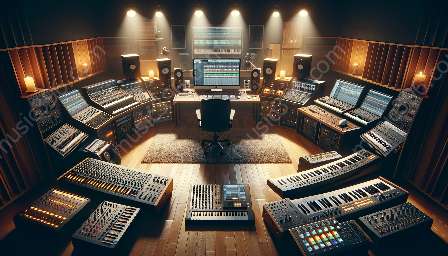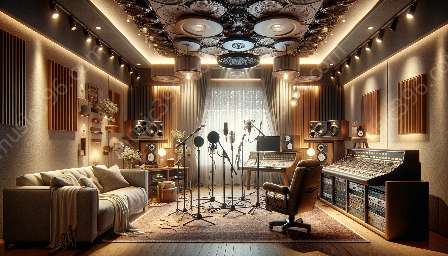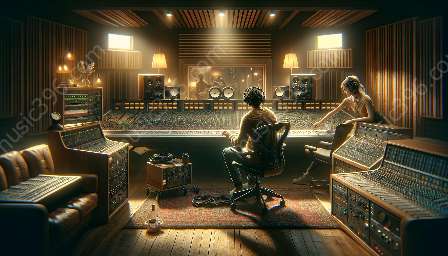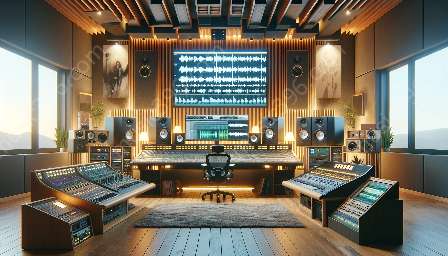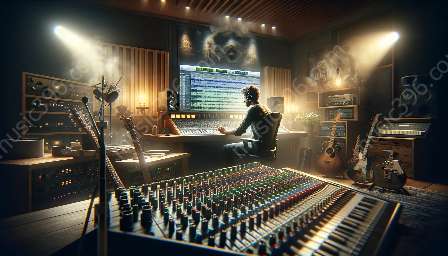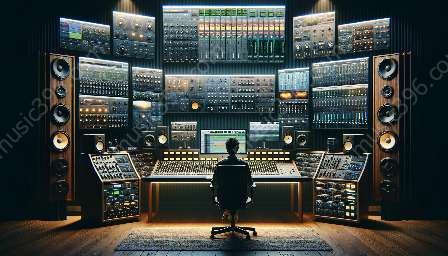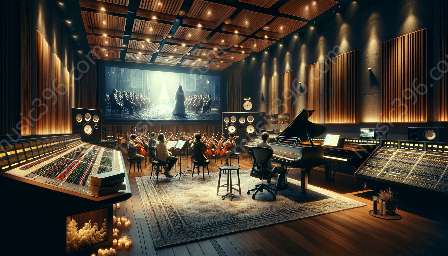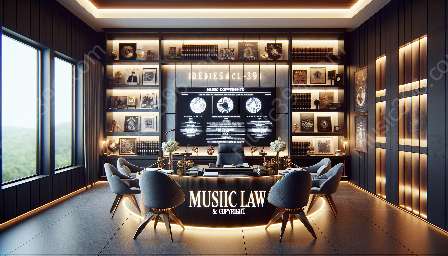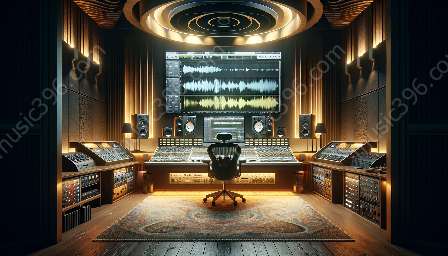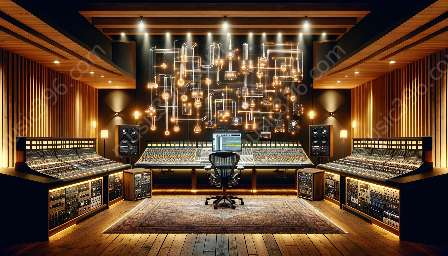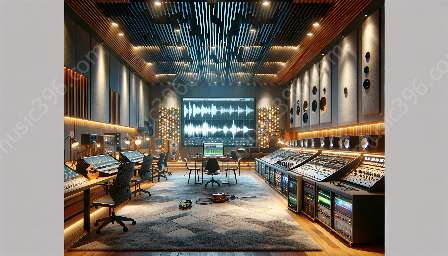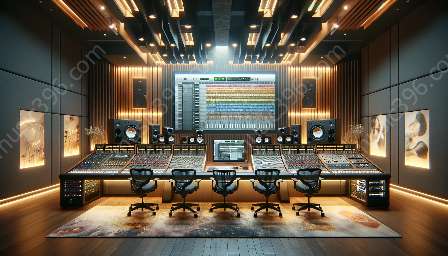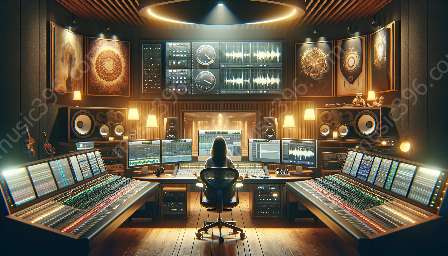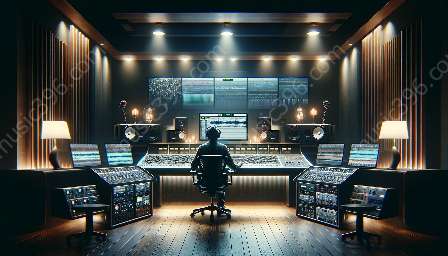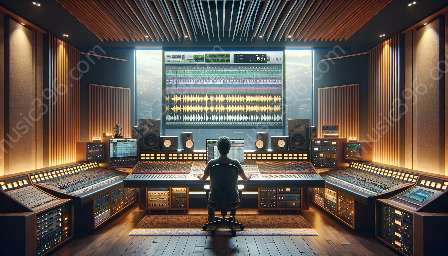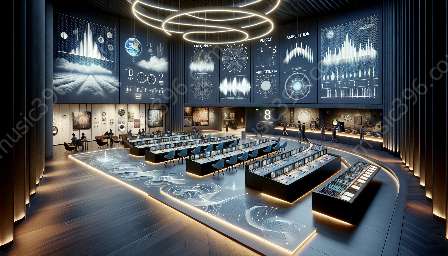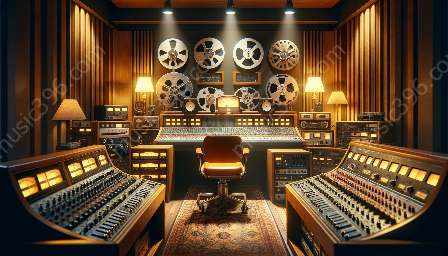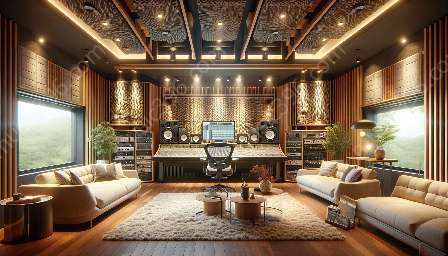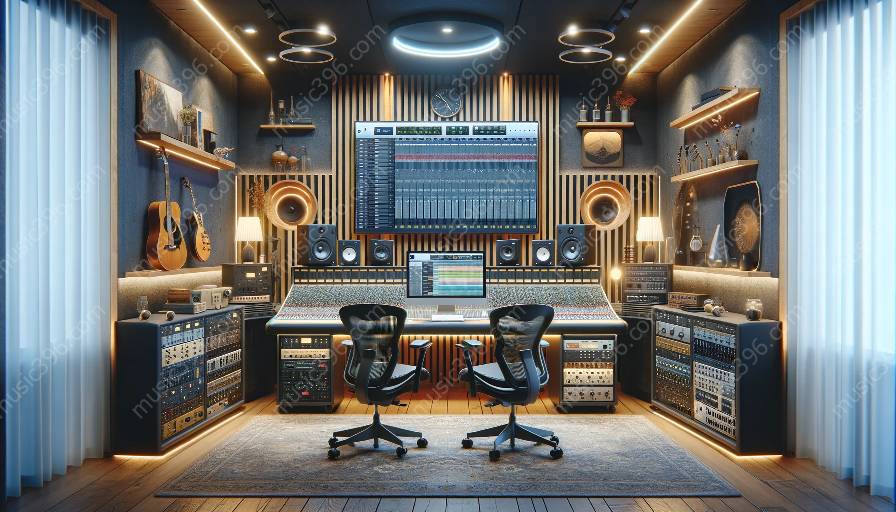Studio design plays a crucial role in shaping the sound quality of music recordings. This article explores how studio design impacts sound quality, and its significance in the context of studio management and maintenance and music recording.
Understanding Studio Design
Studio design encompasses the architectural, acoustic, and technological elements that come together to create a controlled environment for music production and recording. The layout, acoustics, sound isolation, and equipment placement all contribute to the overall design of a studio.
Acoustics and Sound Quality
One of the most significant aspects of studio design is its impact on acoustics and sound quality. The way sound waves interact with the studio space directly affects the clarity and tonal balance of recordings. Factors such as reverberation, reflection, and absorption need to be carefully managed in studio design to ensure optimal sound quality.
Reverberation and Reflection
Reverberation, or the persistence of sound after the original sound is produced, can greatly impact the clarity of recordings. A well-designed studio controls reverberation through the strategic use of acoustic treatment materials and the proper positioning of reflective surfaces. Additionally, the management of sound reflections within the studio space is crucial for creating a natural and balanced sonic environment.
Acoustic Treatment
Strategic placement of acoustic panels, bass traps, diffusers, and other sound-absorbing materials is essential for managing the sound waves within a studio. These materials help to minimize unwanted reflections, control echo, and create a balanced acoustical environment, ultimately enhancing sound quality.
Equipment Placement and Sound Isolation
The layout and arrangement of equipment in a studio also significantly impact sound quality. Proper placement of microphones, speakers, and instruments can enhance the recording process and contribute to the overall sonic character of the recordings. Moreover, effective sound isolation design helps in minimizing external noise and ensures that the recorded sound remains pristine.
Studio Management and Maintenance
Studio design directly affects the management and maintenance of the facility. A well-designed studio provides an efficient and ergonomic workspace for engineers and musicians, facilitating smooth workflow and minimizing operational challenges. Additionally, proper maintenance of studio equipment, including acoustic treatment materials, ensures that the studio continues to deliver optimal sound quality over time.
Music Recording and Studio Design
For music recording, studio design is of utmost importance. A well-designed studio provides an inspiring and comfortable space for artists to perform, and it captures the nuances of live performances with accuracy. Furthermore, the studio's sonic environment directly influences the mixing and mastering processes, ultimately shaping the final sound of the recorded music.
Conclusion
Studio design plays a vital role in determining the sound quality of music recordings. By understanding the impact of acoustics, equipment placement, and sound isolation, studio management and maintenance can optimize the studio environment for superior sound quality. Ultimately, the intersection of studio design, sound quality, studio management, and music recording underscores the importance of creating purposeful and technically sound studio spaces.

